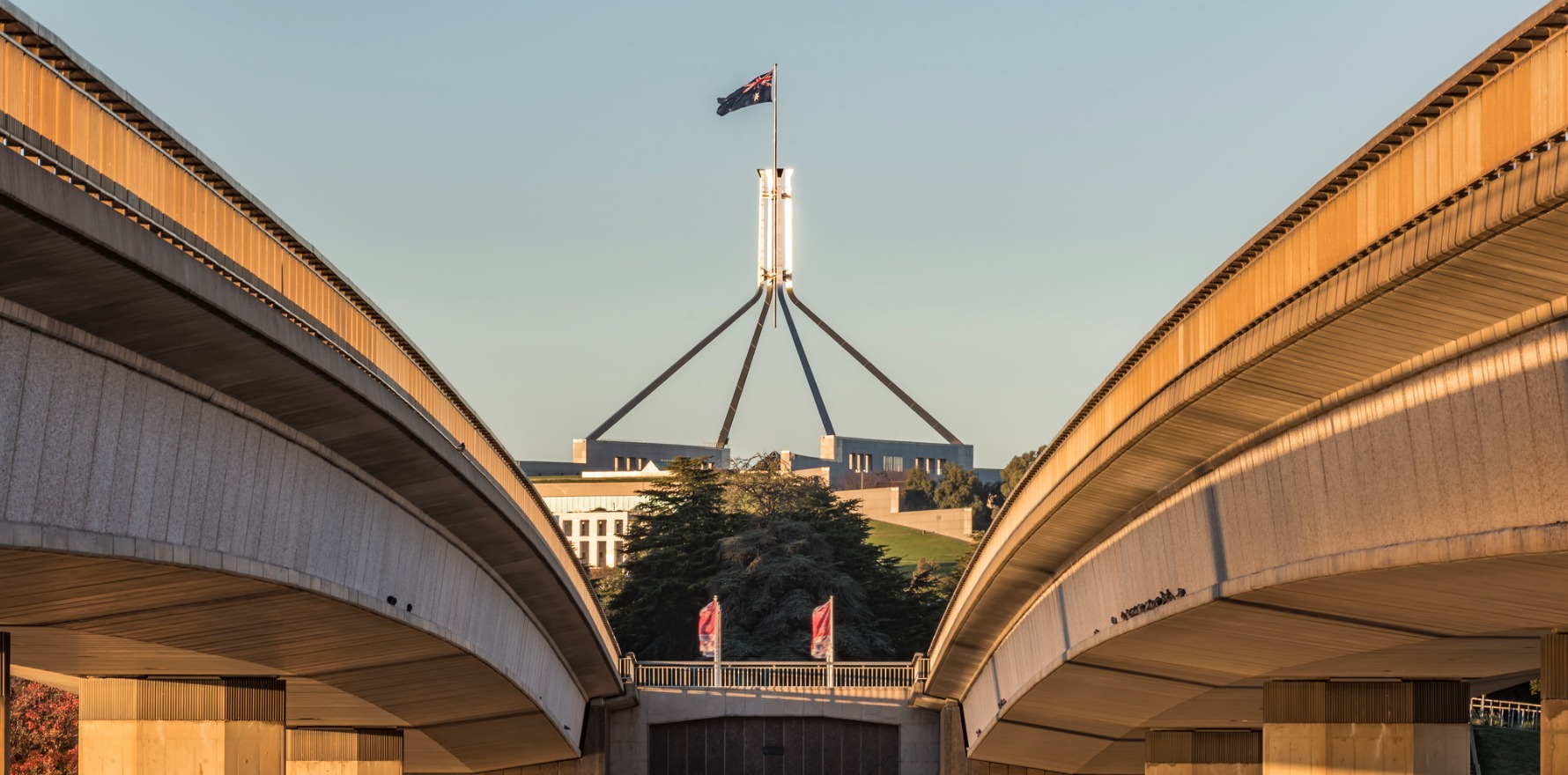The AMA has released its plan to resuscitate general practice’s prospects ahead of the gathering.
The AMA has released a plan to “revitalise” general practice, ahead of tomorrow’s RACGP crisis summit.
The plan is designed to help improve access to GPs and forms part of the AMA’s broader plan to “modernise Medicare”.
The summit, which had been quietly in the works for some time before it was announced abruptly on Twitter last week by RACGP president Adjunct Professor Karen Price, aims to produce a policy paper.
Attendees will include no politicians (or media), but representatives of PHNs, peak bodies, advocacy groups, health departments, ACCHOs, researchers, patient groups and GPs from different work settings across the country, the college told TMR last week.
In its plan, the AMA is calling for:
- the introduction of VPE so patients can register with their trusted general practice or “medical home”, to bolster coordinated, multidisciplinary, and patient-centred care
- supporting general practice to deliver more care after hours
- expanding the number of nurses and allied health services available in general practices
- supporting GPs to provide care to aged-care residents
- supporting GPs to provide evidence-based wound care to those patients with chronic wounds
- changing the GP training program to make general practice more appealing to the next generation of doctors
- supporting GPs to spend more time with patients and improve the indexation of Medicare to reflect the rising costs of providing high-quality medical care and running a medical practice
RACGP president Adjunct Professor Karen Price welcomed the contribution.
“Many of our advocacy priorities are very similar at the end of the day,” Professor Price told TMR, “and this includes the AMA. Much of their proposal is covered in the RACGP’s advocacy priorities and Vision for general practice and a sustainable health system.
“All of us in the room already know that there is a crisis, but we need to get some solutions on the table that are workable, and workable now.”
The three main agenda points for the summit, according to the college, are:
- exploring the different funding models required to best ensure equitable access to care in Australia;
- how we can reverse the erosion of the GP workforce, making general practice an attractive career choice with long term sustainability; and
- how we can improve the capture, linkage and meaningful use of data (including patient experience, clinician experience and quality patient outcomes) to support equitable general practice-based care.
“This summit is quite unprecedented in that we are bringing together such a large cross-section of leaders from general practice, nurse groups, local health and workforce agencies, patient groups, academics, and government,” Professor Price said.
“We are united in our concern for the future of primary care, and the need to come together to find solutions and to unite around those solutions.”
The AMA’s offering focuses on the funding and resourcing of GP services.
“Our seven-point plan deals with the financial sustainability and viability of general practices in the country, and again will make general practice a desired career pathway for the clever young doctors,” AMA president Professor Steve Robson said. “And we need at least half of all Australia’s young medical graduates to want to become and to join general practice in this country.”
All seven points were “extensively discussed” with Health Minister Mark Butler and the DoH, he said.
But if this rings a bell, that’s because the AMA has already named VPE as its top priority in a briefing to the Strengthening Medicare Taskforce, while wound care and after-hours care were listed as priority number three.
The association issued a report on wound care in mid-August, proposing the Commonwealth cover the cost of wound dressings and consumables. The report also called for three new Medicare item numbers to allow inclusion of other health professionals to free up GPs’ time.
While the AMA also wants to expand the number of nurses and allied health services based in GP clinics, the association recently said there should be restrictions on some non-GP team members.
Last month, the AMA provoked outrage from nurse practitioners when it argued in a submission to a government review for retaining the “collaborative arrangements” that give NPs only limited access to MBS item numbers.
According to the AMA, their removal – which would allow NPs to broaden their scope of practice – would risk patient safety and lead to fragmentation of care. The Australian College of Nurse Practitioners said the arrangements were less about patient healthcare and more about maintaining turf, and were driven by an outdated view of the role of nursing.
In its new plan, the AMA is instead backing funding reforms that will allow clinics to employ the staff they need.
Reflecting details of a report in May, the AMA is also calling for equitable remuneration and employment conditions between GP registrars and other medical specialities.
“This should be implemented through a ‘single employer model’ for GP training, allowing GP registrars to transfer practices without losing their entitlements,” the plan said. “This model has proved successful in supporting rural generalist training in Queensland and now must be adopted across the whole of the GP training program.”
The plan also calls for the definition of after-hours for GPs to be changed so after-hours rebates are available from 6pm on weeknights and from 12 noon on Saturdays.
The General Practice Crisis Summit will be held tomorrow, Wednesday 5 October, at Old Parliament House.






